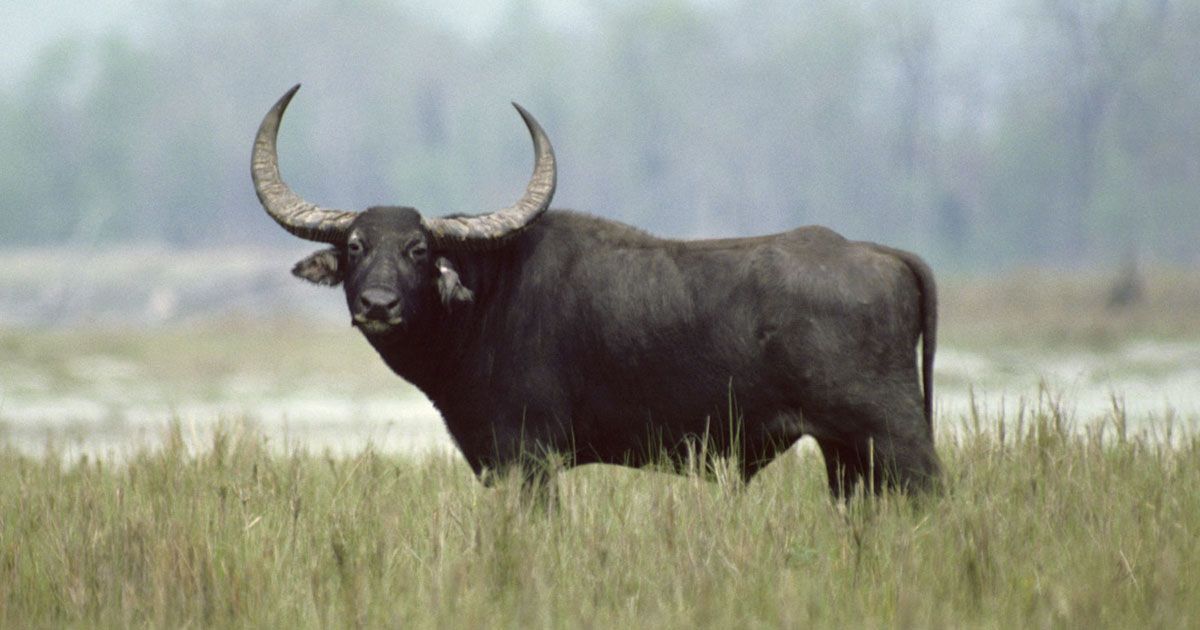
Mubina Akhtar
Forest guards used several rounds of ammunition to kill an Asiatic water buffalo protected under Schedule I of India’s Wildlife (Protection) Act of 1972 on January 15, raising a pertinent question – has wildlife management in the State failed the animals and people? The Kaziranga National Park houses over a thousand Asiatic water buffaloes – a major chunk of the total population of the species. The buffalo that came out of the sixth addition of the park on the North Bank earlier created panic, killing two villagers in Biswanath Chariali. Forest guards, rather than using tranquilising guns, used bullets to put an end to the protected animal. A day later, department officials were seen using rifles to chase away a rhino that appeared in a fringe village of Kaziranga in Kaliabor. The rhino that also came out of the sixth addition of KNP, crossed the Brahmaputra sandbars to reach Sootea the next day where it was seen cooling off in a village pond.
Human-animal conflict has become commonplace throughout the country during the dry season when there is shortage of food in forest areas which forces wild animals to raid croplands. When people retaliate, animals are injured or killed; animals kill and hurt their share of humans, too.
Climate change and intrusion of invasive species in the protected areas have been seen as twin threats to conservation. For instance, the Pobitora Wildlife Sanctuary – a major habitat for rhinos in Assam has witnessed a 68 per cent decline in alluvial grassland since 1977, according to a report.
On the other hand, rising temperature has become another potential danger. As temperatures increase, water bodies dry up. Rhinos can tolerate high temperatures, but cannot dissipate heat without wallowing in water bodies. Degrading habitats, as a result of climate change, may become a critical component in the health of many mega species like rhinos, elephants, or the Asiatic water buffaloes. Wetlands inside and in the periphery of the protected areas like Kaziranga are drying up at an alarming rate. Heavy siltation after every flood has added to this woe. Therefore, monitoring of land cover has become utmost priority for effective wildlife management, and wetland mapping is the first step to monitoring this important ecosystem.
An understanding of the hydro-geological and species dynamics, and manipulating the same in a desired manner will definitely help to enhance Kaziranga National Park’s carrying capacity.
